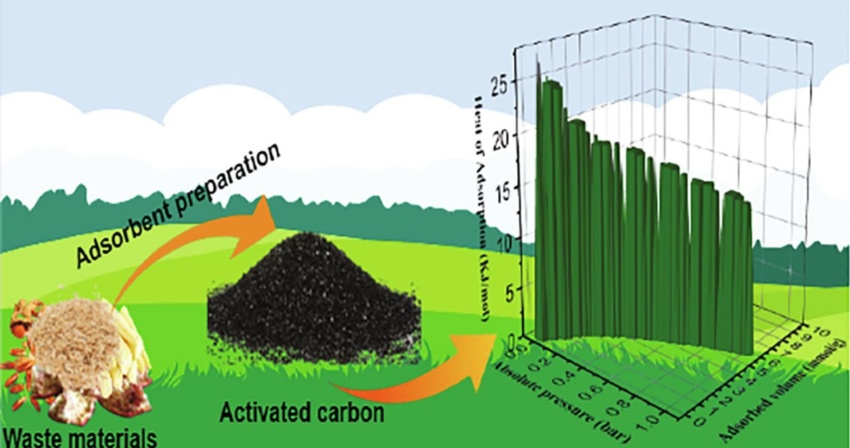(2021) Biomass waste utilization for adsorbent preparation in CO2 capture and sustainable environment applications
Published on Sustainable Energy Technologies and Assessments 2021;46:101288. Autori: H. Mumtaz, M. Farooq, M. Amjad, F. Riaz, A. H. Kazim, M. Imran, M. Sultan, S. Anwar, A. Pettinau et al.
Hamza Mumtaz, Muhammad Farooq, Muhammad Amjad, Fahid Riaz, Ali H. Kazim, Muhammad Imran, Muhammad Sultan, Saqib Anwar, Ahmed M. El-Sherbeeny, Farrukh A. Siddique, Stevan Armaković, Qasim Ali, Ijaz A. Chaudhry, Alberto Pettinau. Biomass waste utilization for adsorbent preparation in CO2 capture and sustainable environment applications. Sustainable Energy Technologies and Assessments 2021; 46:101288.
Abstract
The burning of fossil fuels in power sectors for energy generating purposes and in agricultural country like Pakistan the residues of crops on large area of land are burnt every year that results in continuous addition of CO2 in environment. CO2 capture through solid based adsorbents is one of the best valued, echo friendly and techno-economic processes. The present research involves the development of activated carbons using five different waste biomass materials through single step chemical activation for effective CO2 adsorption, study of isosteric heat of adsorption and change in these values with a change in level of CO2 adsorbed. Chemical activation with single-step method was carried out to prepare the adsorbents. The samples were characterized and compared for the textural properties by recording isotherms of nitrogen adsorption at temperature of 77 K while CO2 adsorption curves at 273 K then at 298 K. SEM was brought into use to investigate morphological characters, surface morphology of activated carbons that confirms the presence of random micro-pores. Nonlinear density functional theory (NDLFT) strengthen the fact that CO2 adsorption depends upon the volume of pores. Samples have pore volume ranging from 0.11 cm3 to 0.44 cm3, whereas BET surface area values were observed from 439 m2/g up to 979 m2/g. Among the prepared activated carbons, the sample with date seeds as base material showed the uppermost uptake of 5.8 mmol/g at 273 K. Linear fitting of the curve between CO2 adsorbed and pore volume at a temperature of 273 K and 298 K with R2 values greater than 0.9 demonstrate the strong relation between pore volume, temperature and CO2 adsorbed. Isosteric heat of adsorption (IHA) values were found to be in the assortment of 44 KJ/mol with minimum value of 14.3 KJ/mol that decreases with increase of CO2 adsorption. High isosteric heat means strong interaction of CO2 molecules and prepared adsorbents. Obtained results confer base to use waste biomass materials for development of solid based adsorbents and use of these adsorbents in effective carbon capture applications to reduce the carbon footprints in the environment and avoid the waste burning of biomass residues.
May/21
Publication date
Last update
06/11/2024, 12:03

